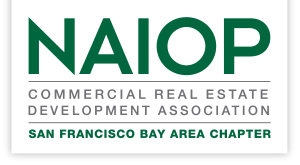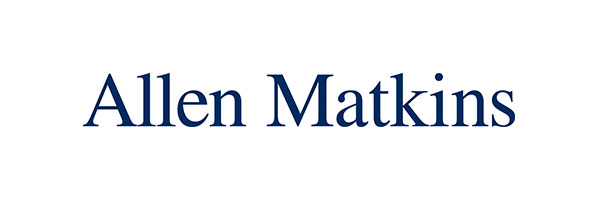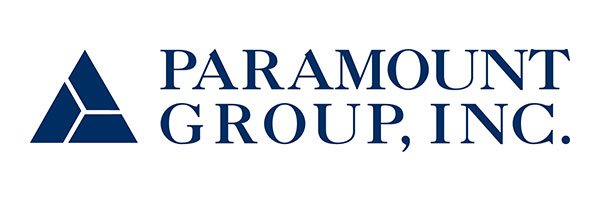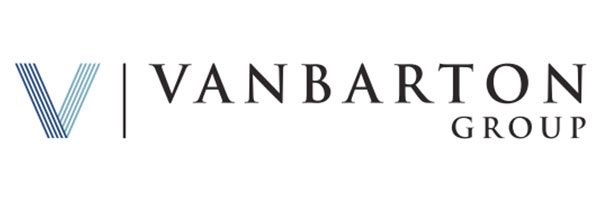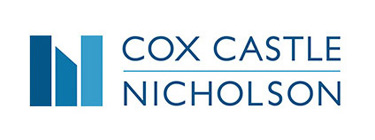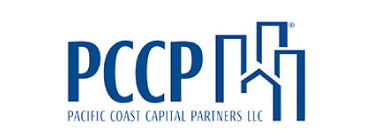Life Sciences Real Estate Surges Amid Pandemic
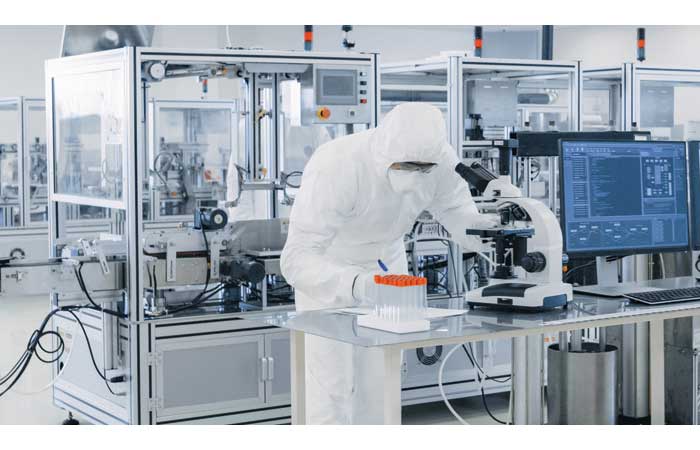
By: Trey Barrineau
Winter 2020/2021 Issue Development Magazine
Download the Winter 2020 2021 Issue of Development
Investment pours into the sector as the world seeks vaccines and treatments for COVID-19.
Life sciences real estate was performing well before the COVID-19 pandemic struck earlier this year. For example, CBRE’s “U.S. Real Estate Market Outlook 2020” notes that the sector (including medical office) accounted for an annual average investment of $18.7 billion from 2014 to 2019.
However, the challenges and opportunities presented by the public health crisis have boosted interest and investment in the sector at a time when other areas of commercial real estate such as retail and office have struggled.
“If you look at activity from February through May, the repurposing of resources, the new companies that were formed and the investing that went into COVID therapies and treatments, it brought a lightning bolt of energy to the entire industry,” Chris Haskell, Ph.D., head of Bayer’s West Coast Innovation Center in San Francisco, said during a recent webinar for NAIOP’s San Francisco Bay Area chapter. “It’s an immediate call to purpose.”
According to Crunchbase, a service that provides information about public and private companies, investors poured $16.55 billion into the biotech and life science sector in the first half of 2020. By comparison, $13.4 billion flowed into the sector during the same period in 2019.
Life sciences also gets significant funding from the federal government. For example, California’s life sciences industry received more than $4.95 billion from the National Institutes of Health in 2019, with $1.87 billion of that flowing into the Bay Area, said Rebekah Studer, leasing manager with Phase 3 Real Estate Partners in the San Francisco Bay Area. She moderated the recent life sciences webinar for NAIOP’s San Francisco Bay Area chapter.
“This has really helped drive the pace of innovation in the region,” she said.
History and Overview
Geoff Sears, a partner with Wareham Development in San Rafael, California, said the life sciences industry in the Bay Area has evolved far beyond the early research into recombinant DNA that companies like Genentech pioneered in the 1970s.

“Forty years ago, people didn’t understand it,” he said during the NAIOP San Francisco Bay Area webinar. “There were lots of movies about Frankenstein bugs that were invented in a lab and were going to kill the planet. Even in this area, it was an industry that sort of hid. It grew up in places that were off the radar, like old industrial areas that had lost their purpose. But nowadays people are much more aware of it. People understand its benefits generally, and right now because of COVID, I think there are a lot of real estate people thinking ‘this is it.’ ”
Gregory Theyel, Ph.D., director for the East Bay Biomedical Manufacturing Network, told webinar attendees that the life sciences/biomedical industry can be divided into six subsectors — biotech, pharmaceuticals, medical devices, medical equipment, digital health care and genomics.
Theyel said each subsector has different real estate requirements. For example, a medical device company is usually more of an assembly line with clean rooms, while pharmaceutical and biotech companies are much more focused on laboratories, which typically require four times as much space per person as offices.
By contrast, Theyel said digital health care and genomics companies have much smaller footprints.
“They are as much like tech companies as you can get,” he said. “They need desk space and computing power.”
Sears said the industry can be financially risky because there is a high failure rate for any single idea, and it can take years before achieving profitability.

Specialized equipment and plumbing are part of many life sciences facilities. Getty Images
“There are a lot of players in the business,” he said. “Some are very large companies with capital resources. But many of them are funded externally, fueled with money from venture capitalists. These companies grow if people are willing to fund their ideas.”
Theyel said patience is a major requirement for potential life science landlords.
“These companies can take a long time to get revenue,” he said. “They’re not companies that are going to need a lot of space overnight. They’re capital-intensive, so they have a lot of equipment needs. It’s a different type of company.”
However, Theyel noted that the variation across the biomedical industry provides a range of leasing and investment opportunities.
“It’s a big umbrella,” he said. “Maybe the better way to see it as a real estate person is to think about what my property is best for underneath that larger umbrella. Maybe it’s not biotech or pharma.
Maybe it’s digital health care, which is as tech as you can get. Or it could be medical devices, which is assembly in a clean room.”
Workforce and Locations
Employment in the life sciences sector has been strong, even at the height of the pandemic. According to research from Newmark Knight Frank, the life sciences workforce only fell 2.5% from February to April 2020, compared to a drop of 14% for the U.S. workforce as a whole during that time. Before the pandemic, employment in the life sciences sector increased 19% between 2010 and 2019. Nationally, overall employment grew 16% during the same period.
Sears said the life sciences workforce is among the most highly educated in the world.
“These aren’t necessarily like computer science majors coming out of college who can add value to an app company,” he said. “We’ve had tenants with 70% of their employees having doctoral degrees. So that’s a very high-value staff.”
Areas in close proximity to life science research institutions also tend to have higher concentrations of jobs in the field. It’s an example of the cluster development theory described by Harvard Business School Professor Michael Porter in a 1998 article in the Harvard Business Review.
“Clusters are geographic concentrations of interconnected companies and institutions in a particular field,” Porter wrote. “Clusters affect competition in three broad ways: by increasing the productivity of companies based in the area; by driving the direction and pace of innovation, which underpins future productivity growth; and by stimulating the formation of new businesses, which expands and strengthens the cluster itself.”
JLL’s “2020 Life Sciences Real Estate Outlook” shows that Boston, San Francisco and San Diego are the leading life sciences clusters in the U.S. Together, these three areas accounted for 70% of all venture-capital investment in life sciences in the country in 2019. They are home to major research institutions that feed into the local life-sciences workforces — MIT and Harvard in Boston; UC San Francisco, Stanford and UC Berkeley in the Bay Area; and UC San Diego in San Diego.
“Those institutions are producing the people fueling the businesses, and the businesses depend on them,” Sears said. “Often coming out of academic institutions, they want to work in places where there are lots of other scientists that create a community with a campus feel.”
Not a Typical Office Building

HVAC systems in a life sciences cleanroom must meet strict standards, including HEPA filtration. Getty Images
While demand is surging for these spaces, developers should understand that many life science buildings are complex structures that can be costly to build and operate. A 2018 report by JLL’s Boston office noted that lab construction costs in that market can range from $350 to $1,325 per square foot. According to JLL, construction considerations include 14-foot floor-to-floor heights to accommodate the mechanical, plumbing and fire protection systems that labs require. Additionally, life science buildings may need thicker floor slabs to support heavy research equipment.
“The research buildings that we build are very different from office buildings,” Sears said. “They have a huge amount of infrastructure capacity under the hood in terms of air movement, heating and cooling. The buildings are machines that our tenants use as a key part of their business as opposed to just a conditioned bubble where their employees work. The machine needs to keep running, and a lot of office buildings just aren’t going to work that way.”
HVAC is one of the biggest considerations in life science facilities, both for initial construction and ongoing energy usage. Most labs have single-pass HVAC systems that pull outside air in and exhaust it for health and safety reasons. Many require a minimum of six air exchanges per hour with continuous exhaust ventilation. Labs might also require humidity and temperature to stay within specific ranges.
Because of the huge demand for life sciences spaces right now, many developers are looking to convert office space to labs. While that can be a successful strategy, it requires a lot of experience, Sears said.
“It can be done, but it’s not easy even for people who are pretty experienced,” he said. “I think there’s a reason that the few companies that work in this space do so in a very focused way with a pretty broad portfolio of buildings, because it’s very hard to do one off.”
Haskell said choosing the wrong landlord could potentially have trickle-down effects on the research that’s done in a building.
“When we were looking for spaces, we looked at some that were a lot cheaper and were not life science landlords,” he said. “I think there’s some risk in going with a crossover landlord or someone trying to repurpose space. In particular, when a company conducts animal studies, these are really sensitive to external environments. If you get a landlord who doesn’t understand these things, it can impact your science in a way that you have to live with for a long time. Having experience and working with life science companies is really important.”
Looking Ahead
Theyel said reshoring was happening in life sciences before COVID-19 hit, but the pandemic has accelerated it.
“I’ve seen a real rush to shorten supply chains, to bring production back to the U.S.,” he said. “Some of it is because it can’t get done somewhere else, but mostly because of the feeling of vulnerability that COVID has brought forth. This industry is really what I call a high-value industry. The manufacturing that occurs isn’t just a pass-through. The manufacturing adds significant value through the processing of the components. In addition, the need for knowledge workers enables it to stay in the Bay Area.”
Sears said another area with big potential in the future is personalized medicine and self-therapies.
“People will be making drugs specifically for one individual, so it’s on a much smaller scale, he said. “You’re not making millions of pills. You’re making medications designed for specific people.”
Theyel said that could mean much smaller manufacturing facilities located closer to demand.
“Instead of scaling up, you’re scaling out,” he said. “You’re scaling to cover more people in more locations.”
Safety When Returning to the Lab
While many corporations have seamlessly transitioned into working from home during the COVID-19 pandemic, the shift has not been possible for scientists who work in laboratories. Equipment, safety measures and team collaboration can’t be replicated virtually.
Until a vaccine is widely available, social distancing is officially the “new normal” for public interaction in labs and life sciences facilities. Employees should follow the basic protocols that are familiar to everyone by now — maintaining at least six feet of distance from others, lower maximum occupancies, alternating shift schedules, one-way movement through workspaces with separate entries and exits, enhanced cleaning protocols, and the addition of hand sanitizer stations. Touch-free automation of doors and digitalizing more processes can also limit the chance of virus spread through hand-to-hand contact.
Inherently, laboratories are most efficient with a high-density open floor plan that is flexible and configured to encourage collaboration. This is especially true as the ratio of work that happens in the “lab” vs. outside of the “lab” shifts because of innovation in computational technology and software, as well as for safety concerns. In response to this shift, the collaboration and heads-down workspaces are just as important as the labs for the enterprise’s success. Research groups often meet in conference spaces and huddle rooms to facilitate cooperation, and casual “drop in” team meetings have become the norm in recent years.
To lessen the chance of a supply chain disruption during a possible second wave of coronavirus outbreaks, small conference rooms can be converted into storage spaces to stockpile chemicals and gases that are important to research initiatives.
Once immediate needs are addressed, property owners and their COVID-19 response teams can begin to contend with long-term changes, such as modifications to mechanical systems and improving air quality to ensure that air systems don’t do more harm than good.
Laboratories generally have ventilation systems that can provide high airflow rates with 100% outside air and no recirculation. These systems can be paired with high-efficiency particulate air (HEPA) filtration to enhance dilution rates, so infected air doesn’t spread. To further contain spread, ultraviolet light (UVC) placed high in a room can kill airborne coronaviruses that are structurally similar to COVID-19, according to a recent study by Columbia University. Putting UV lights into a duct system is less effective, however, and requires a much higher wattage and an extended length of ductwork. Ultraviolet germicidal irradiation (UVGI) should also be considered in high-occupancy spaces, but the devises need to be carefully placed to avoid direct exposure to skin and eyes.
Mark Jensen and Brent Amos are principals in the Science + Technology Studio at design firm Cooper Carry.
The Formula for Life Sciences’ Growth
During NAIOP’s CRE.Converge Virtual 2020 in October, Rob Griffin, U.S. head for capital markets at Newmark Knight Frank, discussed the stratospheric growth in life sciences.
“I have been in the market for 35 years and I have never seen the wind at the back of an asset class more than it is in life sciences right now,” he said.
Early players in the sector have benefited from strong demand amplified by the COVID-19 pandemic. For example, Griffin said one of his company’s clients recently sold a life science property for 22 times the cost of their initial investment, while another company sold a life science property for a $200 million profit.
According to Griffin, some of the trends his company is seeing in the laboratory market include:
- Strong tenant demand.
- No rent erosion and rent growth.
- Many companies are working 24 hours a day, seven days a week in order to respond to the COVID-19 crisis
- “Conversion mania” with life sciences tenants looking into properties that can be quickly remade for their purposes.
“In the last 18 months, our firm has sold 15 million square feet of life science sites to be built,” Griffin said. “There’s not a lot of supply over the next couple of years, especially 2021 and 2022, and a lot of the supply is spoken for.”
In recent years, there has been about 2 million square feet per year of demand, and closer to 1 million square feet of absorption. Griffin said his company expects those numbers to flip in 2021. The most recent trend is the movement of life sciences to suburban areas.
The demand has been surprising and fierce, according to Griffin.
“Anything that has a life science flavor right now is very, very highly sought after,” he said. “The new money in the field is really active and aggressive and not willing to lose.”
Between January 30 and July 30 of this year, Griffin said his company did $3.5 billion in trades, and most of it has been in life sciences or industrial.
“One of the reasons people have courage to buy and convert is because tenants are so urgently looking for space,” he said.
Life sciences tenants are looking for projects that can be ready without delay. That often makes conversions more attractive than new construction.
“It’s a great asset class to be in,” Griffin said. “There are some great opportunities for great returns, especially if you can find conversion deals closer to where people want to be. Certainly, I think this will be an asset class that stands on its own for a long time.”
The stock market is noticing, too. The Wall Street Journal reported in July that Alexandria Real Estate Equities Inc., the largest life-sciences REIT in the U.S. (and NAIOP’s 2019 Developer of the Year), raised $1.1 billion through a new share offering.
“It was the largest equity offering in the company’s history, the tightest pricing (in the last 10 years) and massively oversubscribed,” Joel Marcus, the company’s founder and executive chairman, told the newspaper. — Marie Ruff
